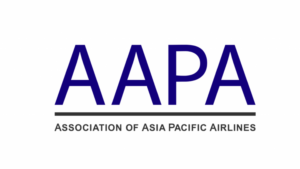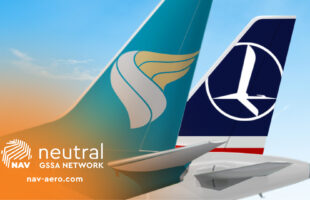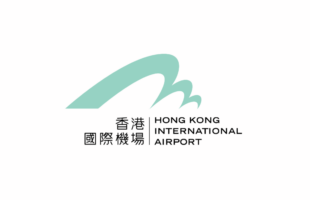

Preliminary August 2024 traffic figures released by the Association of Asia Pacific Airlines (AAPA) revealed robust growth in international air passenger demand, even as traffic volumes approached pre-pandemic levels.
On the back of the region’s resilient economic growth, Asia Pacific airlines collectively carried 32.3 million international passengers in August, reflecting a 21.7% year-on-year increase compared to the same month last year. Traffic in the region had nearly resumed to pre-pandemic levels, at 96.1% of 2019 volumes. Demand in revenue passenger kilometres (RPK) increased by 20.7% while available seat capacity expanded by 19.7% year-on-year, leading to a 0.7 percentage point increase in the average international passenger load factor to 83.2% for the month.
Despite signs of moderation in the broader manufacturing sector, the surge in e-commerce demand out of the major manufacturing hubs in the region drove air cargo volumes higher. International air cargo demand, as measured in freight tonne kilometres (FTK), recorded a 12.2% year-on-year increase, outpacing the 10.4% expansion in offered freight capacity. As a result, the average international freight load factor rose by 0.9 percentage points to 59.6% for the month, marking the fourth consecutive monthly increase after more than two years in decline.
Commenting on the results, Mr. Subhas Menon, AAPA Director General said, “During the first eight months of the year, the region’s carriers saw a 36% growth in the number of international passengers carried reaching a total of 240 million, boosted by increased air connectivity and less restrictive visa policies.”
“During the same period, international air cargo demand surged by 15% year-on-year, driven by several key factors, including a thriving e-commerce sector. Disruptions in ocean freight logistics also encouraged modal shifts from sea to air, as businesses sought faster and more reliable transport alternatives.”
Looking ahead, Mr. Menon said, “Supported by ongoing expansions in connectivity, travel demand is expected to remain healthy on routes within and across the regions. Similarly, the outlook for air cargo markets is positive, with businesses replenishing inventories in preparation for the year-end festive season.”
Mr. Menon added, “Nevertheless, persistent supply chain disruptions continue to pose challenges to the region’s carriers. Delays in aircraft deliveries, shortages of spare parts and lack of skilled labour have heightened operational pressures, contributing to flight disruptions, further increasing costs. Faced with such external pressures, airlines are carefully managing flight frequencies and schedules, without compromising the industry’s excellent safety standards.”









